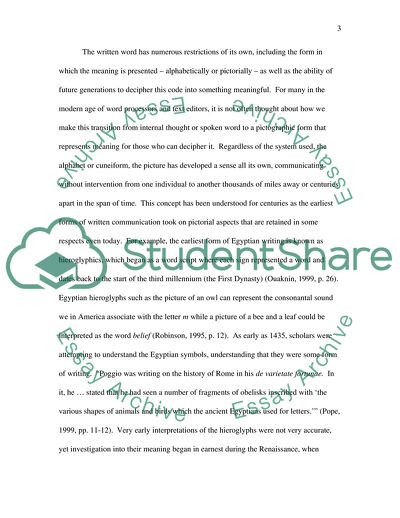Cite this document
(Typography Coursework Example | Topics and Well Written Essays - 2500 words, n.d.)
Typography Coursework Example | Topics and Well Written Essays - 2500 words. https://studentshare.org/literature/1705886-compare-two-contrasting-examples-of-typography
Typography Coursework Example | Topics and Well Written Essays - 2500 words. https://studentshare.org/literature/1705886-compare-two-contrasting-examples-of-typography
(Typography Coursework Example | Topics and Well Written Essays - 2500 Words)
Typography Coursework Example | Topics and Well Written Essays - 2500 Words. https://studentshare.org/literature/1705886-compare-two-contrasting-examples-of-typography.
Typography Coursework Example | Topics and Well Written Essays - 2500 Words. https://studentshare.org/literature/1705886-compare-two-contrasting-examples-of-typography.
“Typography Coursework Example | Topics and Well Written Essays - 2500 Words”. https://studentshare.org/literature/1705886-compare-two-contrasting-examples-of-typography.


